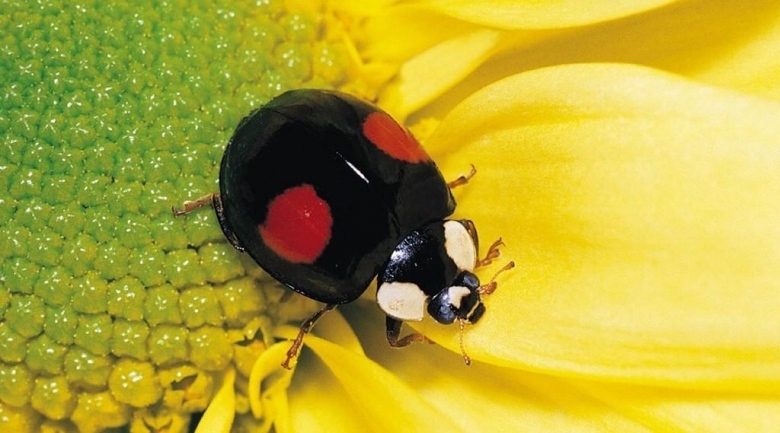
Humans see colour differently in the summer with yellow seeming more green than in the winter, scientists have shown for the first time. Researchers at York University looked at how colour perception changes between seasons and in particular how humans process the colour known as unique yellow.
Humans identify four unique hues; blue, green, yellow and red, that do not appear to contain mixtures of other colours. Unique yellow is particularly interesting to scientists as it is stable across large populations, everyone agrees what unique yellow looks like despite the fact that people’s eyes are often very different.
The researchers in the Department of Psychology wanted to discover why this colour is so stable and what factors might make it change. They thought that unique yellow might depend not on the biology of the eye but on the colour of the natural world.
“What we are finding is that between seasons our vision adapts to changes in environment,” said PhD student and lead author, Lauren Welbourne. “So in summer when there is a much larger amount of foliage, our visual system has to account for the fact that on average we are exposed to far more green.
“In York, you typically have grey, dull winters and then in summer you have greenery everywhere. Our vision compensates for those changes and that, surprisingly, changes what we think ‘yellow’ looks like. It’s a bit like changing the colour balance on your TV.”
The researchers tested 67 men and women in January and June. Participants were placed in a darkened room, allowed to adjust to the light and then on a machine called a colorimeter asked to adjust a dial backwards and forwards until they felt they had reached the point where it had reached unique yellow, with no hint of a green or red.
They found that in June volunteers adjusted more green out of yellow than in January, and added more in January to get back to yellow, suggesting that their eyes were viewing the colours differently. Welbourne said the research sheds new light on the complex workings of the visual system.
“This is the first time natural changes in the environment have been shown to affect our perception of colour,” she said.
